Microsoft Azure Infrastructure platform is the largest cloud platform for hosting IT infrastructure, either by rapidly replacing on-premise or inclining towards a hybrid approach. The foremost challenge for managing such versatile platforms is managing with the traditional centralized management model that we were practicing for on-premise IT infrastructure. To address this consequence Microsoft Azure came up with a new model of decentralized IT services. The path-forward for which is to encourage cloud-first adaptation. The decentralized IT infrastructure model comes with some of the evident advantages such as
- Better DevOps flexibility.
- A native cloud experience: Instant feature availability for subscription user.
- Readily available marketplace solutions to choose from.
- Optimized subscription limit issues.
- Better control over groups and permissions.
- Better control over provisioning and subscriptions.
- Distributed ownership of Business group for billing and capacity management.
Moreover, the modern hybrid cloud continues to be managed as a solution that transitioning from On-premise IT management model to self -service native cloud solutions for monitoring, management, backup, and security across entire cloud platform.
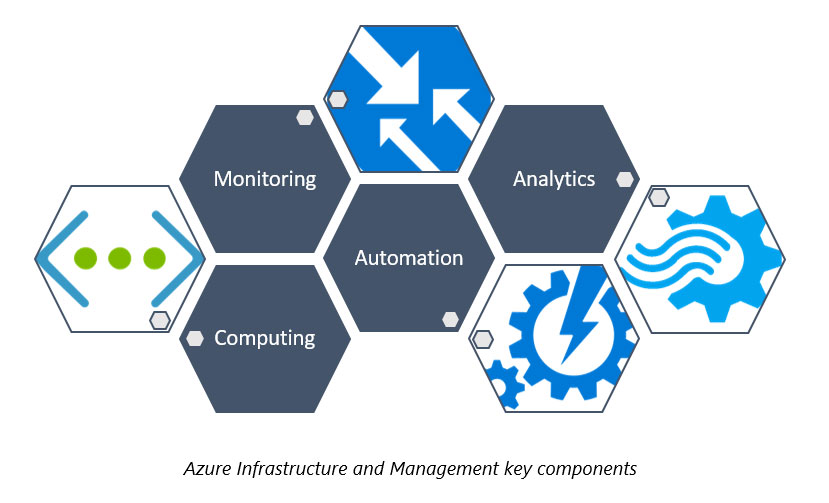
Azure Management Aspects
Azure management aspects consist of facilities that works for Azure cloud as well as for Azure hybrid environments to facilitate below oversights:
- General IT and operational policy implementation, as approved by the subscription owner. Areas include
- Compliance
- Operations
- Incident management.
- Shared network connectivity over Site to Site VPN or dedicated connectivity over ExpressRoute, as needed.
- Visibility into infrastructure inefficiencies and self-service tool development.
In this section, we will discuss various tools like monitoring, patching, inventory management, data recovery, security and compliance and Secure DevOps.
Azure Monitoring
The Purpose of Azure monitoring is to Create Visibility and access to a foundation set of metrics, alerts, and notifications across core Azure services for business groups. Provide insight into Business groups and service lines can view rich analytics and diagnostics across applications, as well as compute, storage, and network resources, including incongruity detection and proactive alerting. And finally, to enable optimization by understanding service lines and how users are engaging with their applications, identify flagged points, develop associates, and optimize the business impact of their solutions.
Patching and Inventory Management
This aspect of Azure management addresses to continuous upgrading and maintaining Azure cloud-based and on-premise infrastructure platform. This aspect encourages Azure-based self-service solution for business groups that gives them control over their patching and management environment while giving us the ability to centrally monitor for compliance and security purposes. The Features supporting this aspect are as follows:
- Azure Update Management and Software Distribution for business groups from a SCCM hosted in Azure VM and policy-based update from Azure Intune
- Enabling self-service patch management with operating system and application updates with Azure, including centralized compliance reporting
- Inventory management through discovery, tracking, and management of IT assets using Intune and SCCM hosted in Azure VM
Data Recovery
Azure backup solution with which each business and service groups can safeguard, retain, and recover their data. The data recovery solutions address the following major concerns:
- Recover business data from attacks by malicious software or malicious activity.
- Recover from accidental deletion or data corruption.
- Secure critical business data.
- Maintain compliance standards.
- Provide historical data recovery requirements for legal purposes.
Azure Backup as a self-service solution for business groups gives more control over how they perform their backups by provisioning them responsibility for backing up their business data because each business group has better knowledge of their data.
Security and Compliance
The decentralized model for Azure platform has attracted need for radical inspection when security and compliance is concern. To address this requirement Azure security and compliance model is kept centralized of all the cloud management solutions. The following necessities direct the typical application of security and compliance measures:

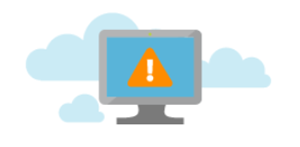

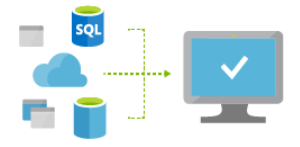
- Azure Policy puts a barrier in subscriptions that keep business and service group automatically within governance restrictions. The policy helps control of settings by default, safe network configuration is limited by patterns to controlling the regions and types of Azure resources available for use, and ensuring data is stored with encryption enabled.
- Automation is required to keep a hold on constantly changing Azure cloud environment, especially on DevOps for end-to-end automation with automated security. Automated security saves time and cost for apps that are frequently updated and helps quickly configure and deploy security.
- Recurring security assurance at a definite security state and track breaking point from that state to maintain a consistent level of security assurance across the environment. This helps ensure that builds and deployments that are secure; stay secure from one release restatement to the next one.
- Empower engineering teams for integrating a pre-approved workflow security created by DevOps. This way the process will be short and precise, without the hassle of Infra admin approval every time.
- Secure DevOps environment is to have a clear understanding of operational risks in Azure cloud. For achieving this development team required ability to anticipate security state across DevOps stages and establish proficiencies to receive security alerts and reminders for significant intermittent activities.
Verdict
The versatile approach of Azure management by decentralizing all task-based aspects, while keeping security and compliance stay centralized are key factors for the success of managing Azure Cloud and Hybrid platform.

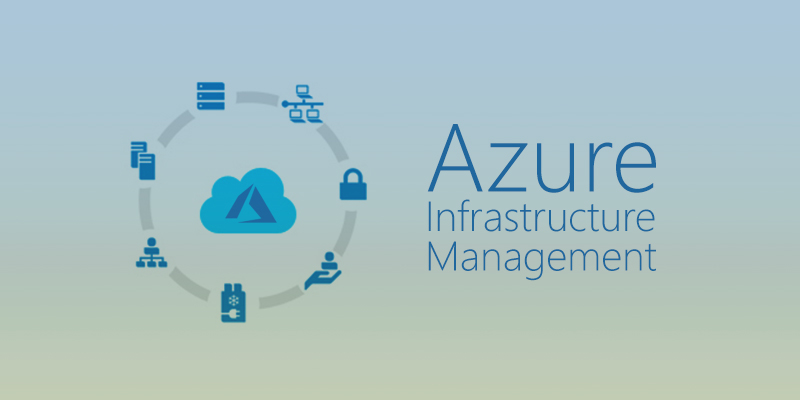


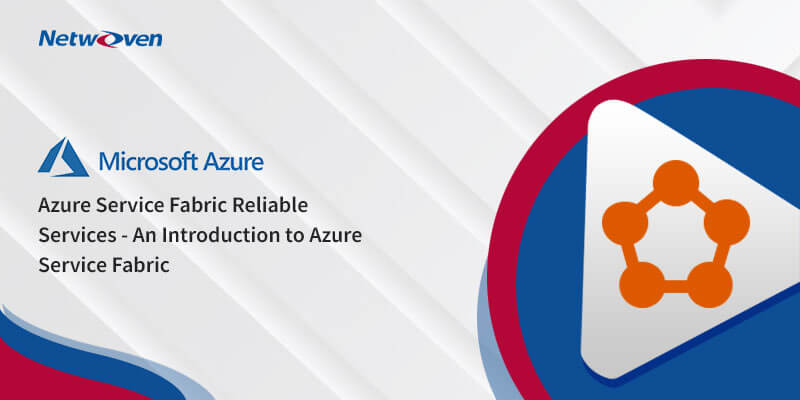



















Appreciate the recommendation! Let me try it out.
Keep working, great job!